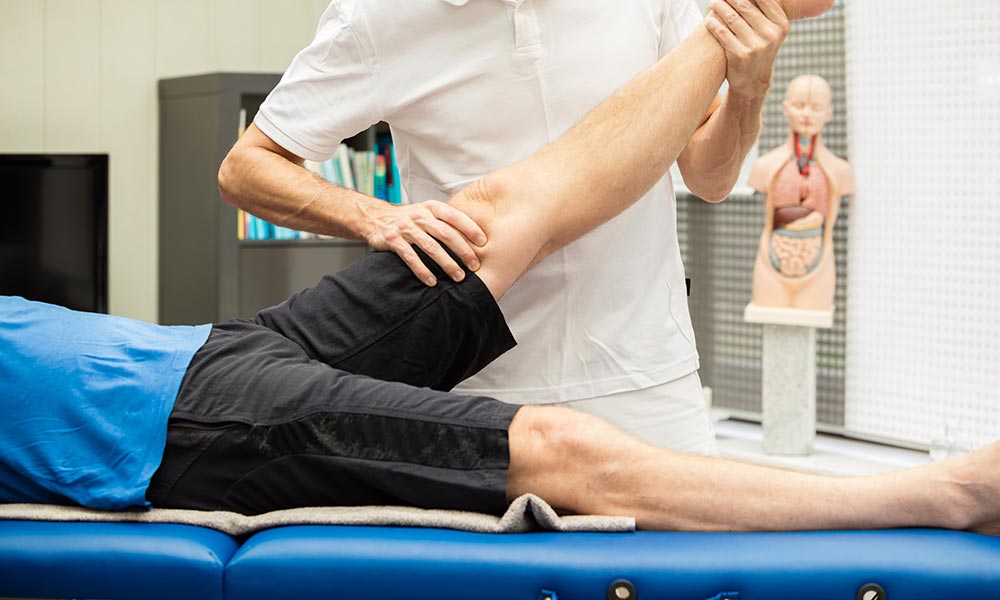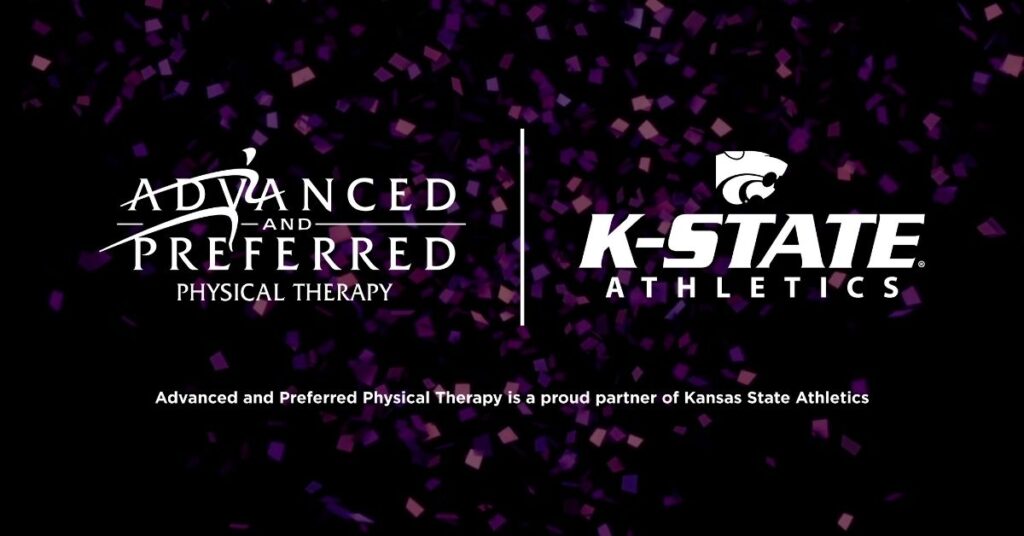We’ve compiled a list of common questions we get about physical therapy. Read on to learn more.
1. I have to have a referral to see a physical therapist.
On January 1, 2015, all 50 states allowed direct access for physical therapy. This means that patients are able to seek some level of treatment from a physical therapist without requiring a referral from a physician. However, in many jurisdictions, such treatment is limited by arbitrary restrictions in state law. If you have a question about Direct Access, give us a call at 866.412.5554.
2. Physical therapy is only appropriate for people who have had surgery or who have seriously injured themselves.
Physical therapy can be used to treat a wide variety of conditions. Yes, surgery and serious injuries are usually treated with physical therapy, but conditions such as vertigo, lymphedema, incontinence, balance deficits and general weakness, chronic pain, and more can be treated with physical therapy as well.
3. All physical therapists are the same.
Physical therapists take continuing education classes throughout their career to expand their knowledge. Therapists can choose which continuing education classes to take and they vary from therapist to therapist. Many therapists even go as far as to become a certified specialist in certain areas of physical therapy. The American Board of Physical Therapy Specialties has nine different areas for physical therapists to specialize in: cardiovascular and pulmonary, clinical electrophysiology, geriatrics, neurology, oncology, pediatrics, sports, women’s health, and orthopedics.
4. Physical therapy is going to hurt.
Physical therapists will work within your pain threshold and try to minimize pain and discomfort during your treatment. Many people will delay therapy because they are afraid that it will make their pain worse, but many times the goal of physical therapy is to reduce pain. There may be times when physical therapy is a bit uncomfortable, but physical therapists should constantly be checking with you to gauge your pain throughout the treatment.
5. Physical therapists “fix” people.
Physical therapy is a team effort. This means that in order for physical therapy to be successful, patients must actively participate in their home exercise program as well as attend their therapy sessions regularly. Typically, therapy is not successful if patients take a passive approach to therapy, meaning that they do not participate in their home exercise program or miss several appointments throughout their plan of care.
6. Physical therapy is only exercise-based.
Research shows that combining exercises and manual techniques is the most efficient course of treatment for many musculoskeletal conditions. Because of this, many patients’ plan of care involves the use of both exercises and manual techniques.
7. Once you are discharged from therapy, you are done.
Many patients, when they are discharged from therapy, discontinue their home exercise program. One of the purposes of establishing a home exercise program in physical therapy is to give patients the tools they need to manage their pain on their own. This is especially important for people who experience chronic pain. Continuing the home exercise program on a regular basis can help keep pain from returning in the future.
Content provided by Myranda Griebel, PTA
References
https://www.apta.org/StateIssues/DirectAccess/
https://www.abpts.org/Certification/




